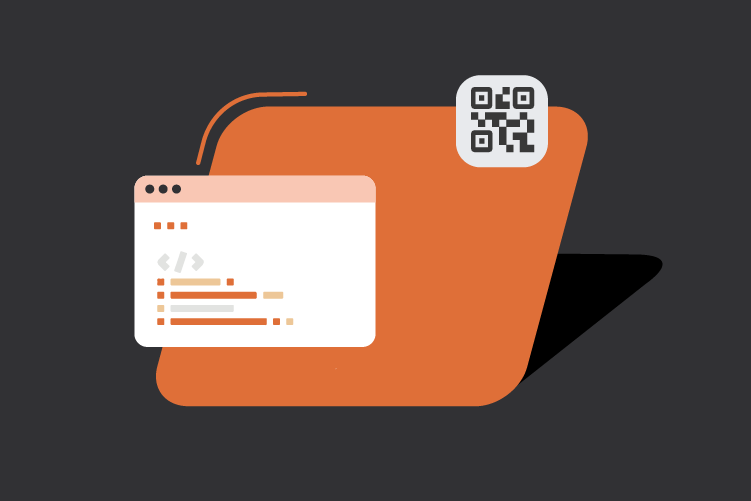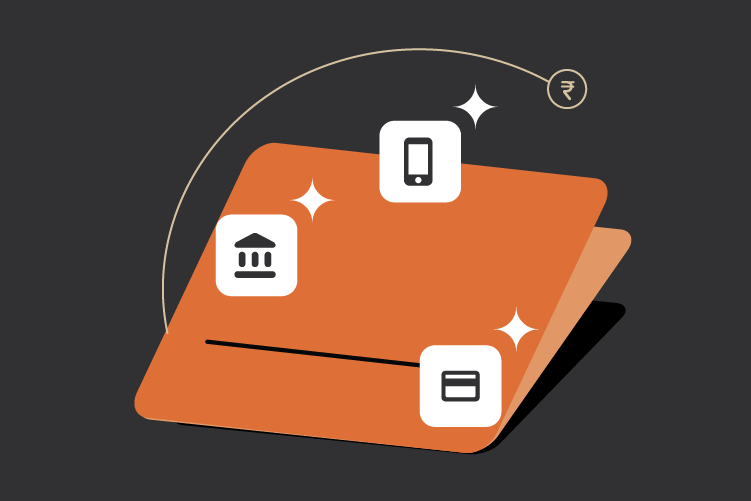Imagine running your business without the hassle of manual bank transactions, reconciliations, or endless paperwork. Instead, your software is directly connected to your bank, processing payments, checking balances, and handling all your financial needs automatically and seamlessly. Sounds ideal, right? That’s the promise of a Bank Integration API.
But what exactly is a Bank Integration API, and how does it make life easier for businesses? In this comprehensive guide, we’ll explore how these APIs are transforming the way companies interact with banks, making financial management faster, smarter, and more efficient.
From automating payments to streamlining accounting and reconciliation, Bank Integration APIs have become essential for businesses looking to optimize their financial operations.
What is a Bank Integration API?
A Bank Integration API (Application Programming Interface) is a set of protocols and tools that allows different software systems to communicate directly with banks’ systems. It enables businesses to connect their applications to a bank’s infrastructure, facilitating smooth and automated transactions, account management, payment processing, and more.
Think of it as a digital bridge that connects your business software directly to the banking system, providing a seamless way to access banking services without manually handling transactions or relying on third-party intermediaries.
Bank Integration APIs are crucial in the world of open banking, where the goal is to enable secure, fast, and efficient sharing of financial data between banks, third-party service providers, and customers.
Why Do Businesses Need Bank Integration APIs?
Businesses today are more digitized than ever, and managing finances through traditional means can be time-consuming and inefficient. Bank Integration APIs provide businesses with direct access to banking services, allowing them to:
- Automate financial transactions: Automatically initiate payments, transfers, and other financial operations.
- Improve customer experience: Offer fast, seamless, and secure payment options to customers.
- Streamline accounting processes: Integrate with accounting software for automated reconciliation and bookkeeping.
- Access real-time banking data: Get real-time updates on account balances, transaction statuses, and more.
- Enable interoperability across payment networks: Many modern Bank Integration APIs support interoperability across different banking networks, allowing businesses to streamline payments and transfers regardless of the specific banking infrastructure involved.
By utilizing Bank Integration APIs, businesses can save time, reduce manual errors, and enhance their overall financial management processes.
How Do Bank Integration APIs Work?
Bank Integration APIs function as intermediaries that facilitate communication between your business application and a bank’s core systems. Here’s how it typically works:
- Authentication: The API uses secure authentication protocols (like OAuth) to verify users’ identity and grant access permissions.
- Data Exchange: Once authenticated, the API enables secure data exchange, allowing businesses to access banking information, initiate payments, check balances, and more.
- Execution: The API sends requests to the bank’s systems, which execute the transactions or actions requested.
- Real-Time Responses: Businesses receive real-time responses, ensuring that they can quickly process payments, manage accounts, or retrieve essential data.
Key Features of a Good Bank Integration API
When choosing a Bank Integration API, there are certain features you should look for to ensure you get the most out of your integration. These features include:
- Security: End-to-end encryption and secure authentication protocols are essential to protect sensitive financial data.
- Ease of Use: A no-code or low-code solution that simplifies the integration process, making it easier for non-developers to connect to banking systems.
- Real-Time Data Access: Instant access to banking information and real-time transaction processing capabilities.
- Scalability: Ability to handle a high volume of transactions and scale as your business grows.
- Compliance: Adherence to industry standards and regulatory compliance (like GDPR, PCI-DSS, etc.).
- Cost-Effective: Lower transaction fees and flexible pricing models to suit businesses of all sizes
Benefits of Using Bank Integration APIs for Businesses
There are numerous advantages to integrating your business software with a Bank Integration API:
- Automation and Efficiency: Automating routine banking tasks reduces manual effort and the likelihood of errors. With Bank Integration APIs, businesses can set up automated payments, reconciliations, and financial reporting, freeing up time for more strategic activities.
- Enhanced Security: Bank Integration APIs come with robust security features, ensuring that all transactions are secure. Businesses can avoid the risks associated with manual data entry and unauthorized access.
- Improved Cash Flow Management: With real-time data access, businesses can monitor cash flow more effectively. Instant updates on account balances and transaction statuses help businesses make informed financial decisions.
- Better Customer Experience: Customers expect fast, seamless, and secure payment options. Bank Integration APIs enable businesses to offer a better user experience by supporting quick and easy payments, refunds, and account verifications.
- Cost Savings: By integrating directly with banks, businesses can bypass intermediaries, reducing transaction costs. Additionally, automation minimizes the need for additional manpower, leading to further savings.
Zwitch: Your Partner for Seamless Bank Integrations
Zwitch powers open banking through its Connected Banking API, offering one of the most cost-effective, no-code solutions available in Asia. Our API platform allows businesses to quickly and easily integrate with multiple banks, enabling them to offer a wide range of financial services without the hassle of managing multiple connections.
With Zwitch, businesses can enjoy:
- Simple, No-Code Integration: Our platform is designed to make bank integration easy, even for non-developers.
- Wide Connectivity Across Multiple Banks: Seamlessly connect to a broad network of private, public sector, and cooperative banks, offering flexibility and expanded reach for your business.
- Competitive Pricing: One of the lowest rates available, helping businesses save on transaction costs.
- Secure and Compliant: Built with robust security features and adherence to industry standards, ensuring safe and compliant operations.
- Scalability: Our solution scales as your business grows, supporting high transaction volumes and complex financial operations.
Whether you’re a fintech company looking to offer payment services, an e-commerce platform seeking to streamline customer transactions, or a traditional business aiming to automate financial workflows, Zwitch’s Connected Banking API provides the tools you need to succeed.
Here are a few examples of how different industries can leverage connected banking to enhance their operations:
ERP Solutions: ERP providers with multiple clients managing invoices in their systems can enable direct payments from within the ERP platform itself. By integrating Zwitch’s Connected Banking API, these ERPs empower businesses to pay suppliers, vendors, or partners directly from their accounts, simplifying workflows and enhancing operational efficiency.
Payroll Software Providers: Payroll software can integrate with Zwitch’s Connected Banking API to enable seamless, one-click salary disbursements directly from within their platform. This integration allows businesses to handle payroll efficiently, providing a smooth experience for clients by eliminating the need to switch between banking and payroll systems for monthly salary processing.
In an era where digital transformation is the norm, Bank Integration APIs have become essential tools for businesses of all sizes. They offer a seamless way to connect directly with banking systems, enabling automation, security, and efficiency. By choosing the right Bank Integration API, businesses can improve financial operations, reduce costs, and enhance customer experiences.
Zwitch is here to help you navigate the complexities of bank integration with its flagship Connected Banking API. Designed to be secure, scalable, and easy to use, Zwitch’s API empowers businesses to build better banking experiences.
Interested in our APIs? Let’s talk!
Tell us your automation goals, and we’ll set you up with a free, personalized demo from our API expert.
Click HereFAQs
What is the difference between a Bank Integration API and a Payment Gateway?
A Payment Gateway facilitates online payments by acting as an intermediary between the customer, merchant, and bank. A Bank Integration API, on the other hand, directly connects business software to a bank’s system, enabling more comprehensive financial operations such as account management, transfers, and real-time balance checks.
Which industries can benefit from using Bank Integration APIs?
Bank Integration APIs are beneficial across various industries, including fintech, e-commerce, retail, travel, logistics, real estate, and more. Any business that deals with payments, banking services, or financial data can leverage these APIs to enhance their operations.
Can small businesses use Bank Integration APIs, or are they only for large enterprises?
Bank Integration APIs are suitable for businesses of all sizes. Small businesses can leverage these APIs to automate their financial processes, reduce manual work, and offer better payment options to customers. With solutions like Zwitch’s Connected Banking API, even non-developers can easily integrate banking services.



0 Comments